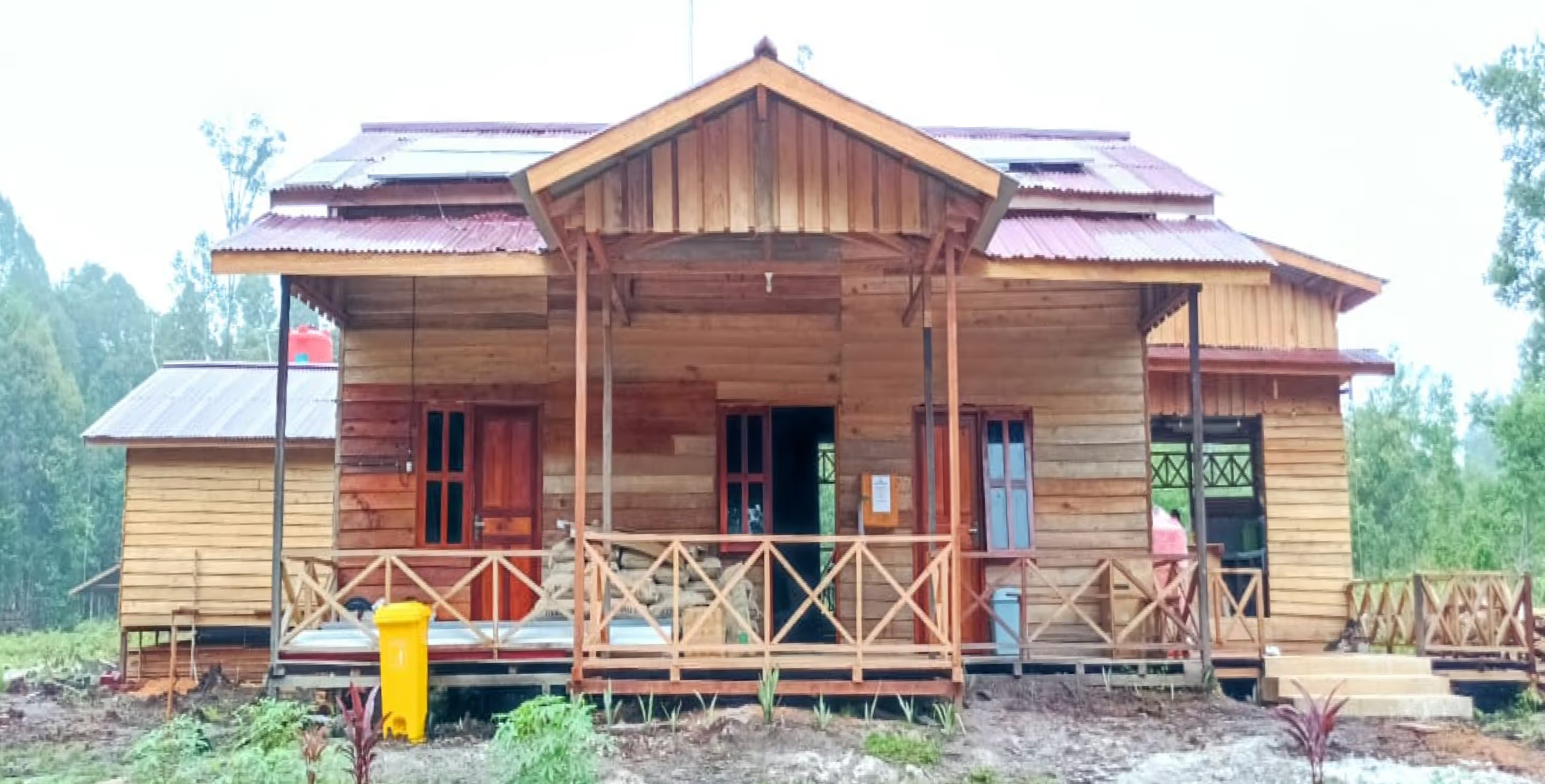Lestari Forest
40 Hz


176 Hz
The Wilderness Call of a Silvery Lutung
The Bengkawan Hills Forest Project serves as a critical sanctuary for 32 'trigger' species classified as Critically Endangered, Endangered, or Vulnerable on the IUCN Red List. These species, which include the Sumatran Tiger, Agile Gibbon, and Sun Bear, make the PML Project zone a designated Key Biodiversity Area (KBA).
The project employs a range of conservation strategies to address the threats faced by these species, including fire prevention, illegal hunting patrols, and habitat protection. Key activities like canal blocking aim to restore the region’s peat swamp hydrology, while reforestation efforts using native species through Assisted Natural Regeneration (ANR) help restore degraded habitats.
By continuously monitoring species population trends and threats, the Bengkawan Hills Forest Project adapts its conservation strategies in real time, ensuring long-term protection of these vulnerable species. The focus on restoring both the habitat and ecological balance has positioned the Bengkawan Hills Forest Project as a model for biodiversity conservation, demonstrating that proactive, science-driven interventions can yield significant positive results.
A core component of the Bengkawan Hills Forest Project is its commitment to real-time biodiversity monitoring, ensuring that the ecological health of the project zone is continuously assessed and protected. This data-driven approach provides insights into species populations, forest cover changes, and emerging threats, allowing the project to respond swiftly and adaptively to conservation challenges.
Utilizing technologies like remote camera traps and satellite monitoring, the Bengkawan Hills Forest Project tracks the presence and movement of critical species such as the Sumatran Tiger, Agile Gibbon, and other vulnerable fauna. These monitoring efforts are crucial for understanding the effectiveness of interventions such as reforestation, fire prevention, and habitat restoration. In addition, canal blocking and rewetting peat swamp ecosystems help improve habitat conditions for peat-dependent species.
By focusing on long-term biodiversity monitoring, the Bengkawan Hills Forest Project not only maintains the integrity of the forest ecosystem but also provides valuable data that informs future conservation strategies. This robust approach to ect its biodiversity, contributing to the global efforts to safeguard critical ecosystems.